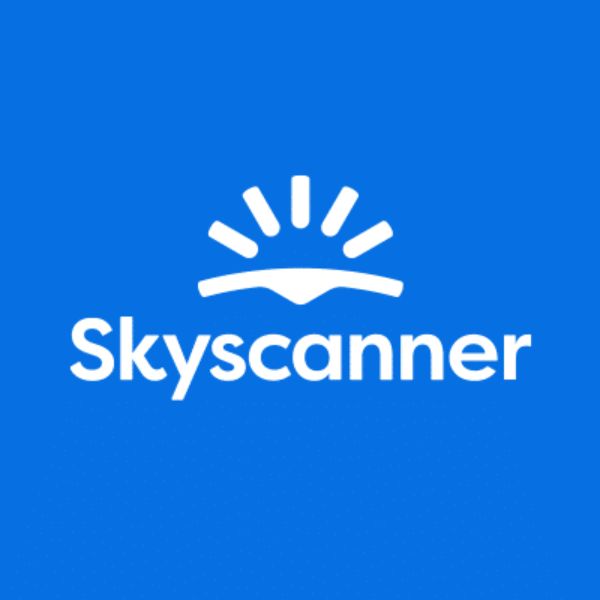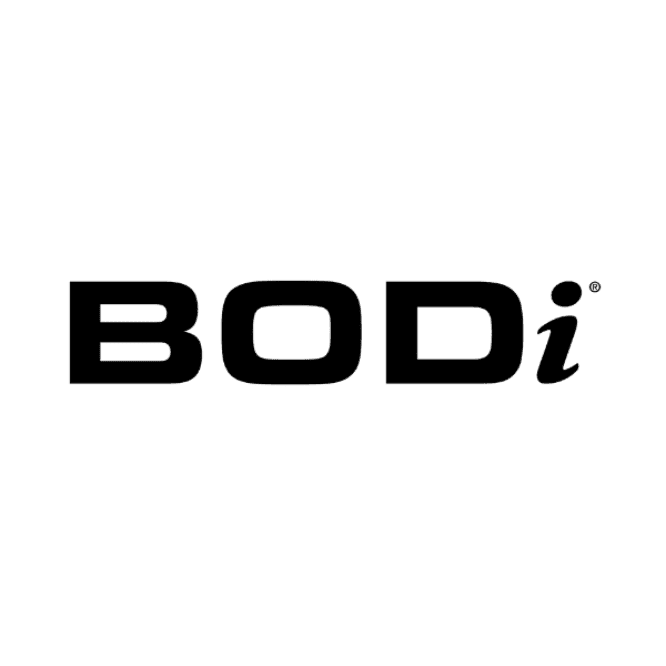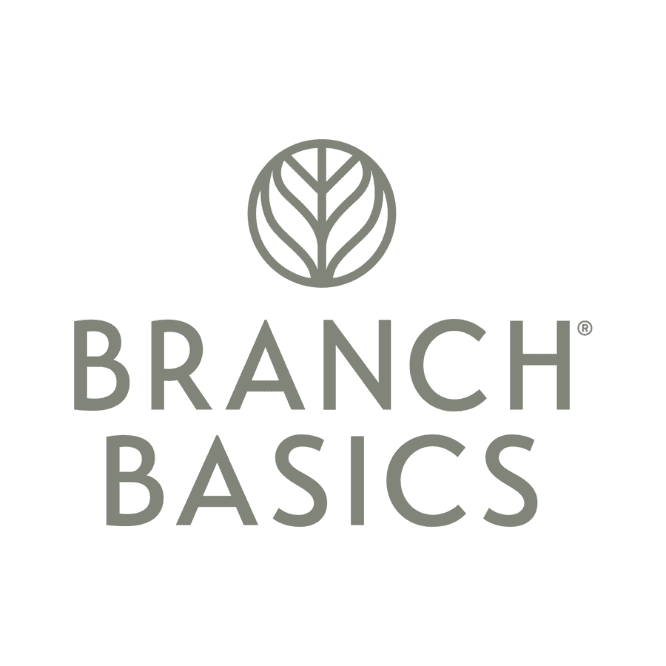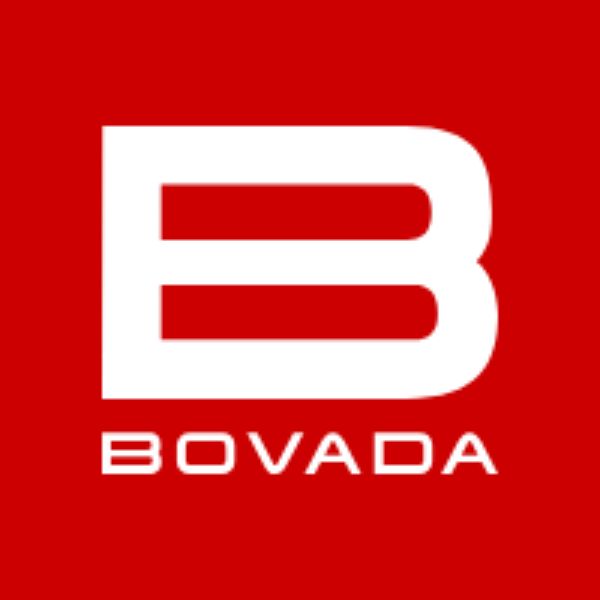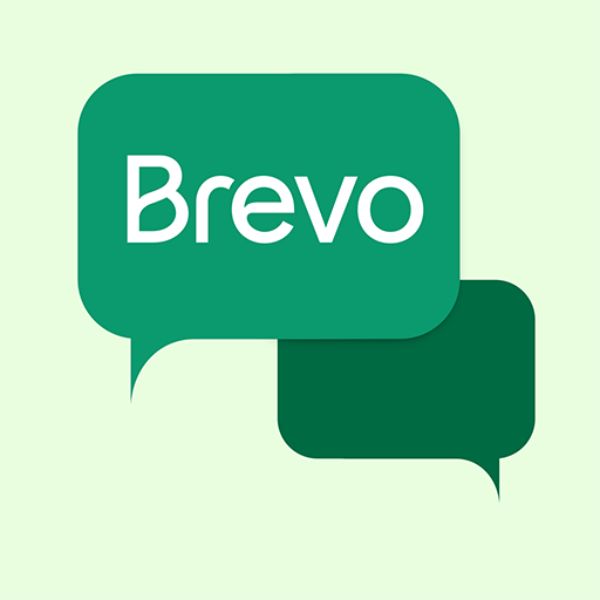About Skyscanner
Skyscanner is a leading global travel search engine based in Edinburgh, Scotland, and owned by Trip.com Group. It helps users compare and book flights, hotels, and car rentals by aggregating prices from hundreds of airlines, online travel agencies, and booking platforms.
Their mission is to help travelers plan and book their trips with ease and confidence by providing a comprehensive, transparent, and free-to-use search service. The site is available in over 30 languages and is used by over 100 million people monthly.
Skyscanner Affiliate Program Overview
The Skyscanner Affiliate Program allows content creators and website owners to earn a commission by promoting Skyscanner’s travel search services to their audience. Affiliates integrate Skyscanner’s search tools and links onto their platforms, earning a percentage of the revenue Skyscanner receives when a referred user clicks through and makes a booking with one of their travel partners.
| Factor | Description |
| Industry | Travel, Online Search Engine, Booking |
| Product Type | Digital Services (Travel Search and Comparison for Flights, Hotels, Car Rentals) |
| Affiliate Program Type | Revenue Share (RevShare) / Cost Per Sale (CPS) / Cost Per Click (CPC – on click-out to partner site) |
Skyscanner Affiliate Program Offers
The program provides affiliates with necessary tools and operates with specific terms to help them monetize their traffic.
| Factor | Description |
| Promotional Materials | Banners, Text Links, Customizable Widgets, Deep Links, Travel API (for established businesses with high traffic) |
| Affiliate Cookie Duration | 30 days |
| Accepted Traffic Source | Websites/Blogs with regular traffic, Social Media (Specific requirements may apply) |
| Accepted Countries | Worldwide (Skyscanner operates in over 180 countries) |
| Explicit Content | Not Accepted (Typically against partner guidelines) |
| Religious or Political Content | Not Accepted (Typically against partner guidelines) |
Skyscanner Affiliate Commissions & Payments
Skyscanner’s commission is often structured as a percentage of the revenue they earn from their partners (a revenue share model on the “click-out” or booking) rather than a percentage of the total booking price.
| Factor | Description |
| MLM | No (Single-tier commission structure) |
| Commission Rate | Up to 20% of Skyscanner’s revenue cut for bookings. Some sources indicate a 50% revenue share from traffic sent. |
| Commission Structure | Percentage of Skyscanner’s commission/fee, often translating to a fixed amount per click-out or booking (e.g., €0.40 to €1.00 per completed booking). |
| Payout Frequency | Monthly |
| Payout Methods | PayPal, Other methods often available through the affiliate network (e.g., Impact). |
| Minimum Payout | Varies; some sources suggest No minimum payout, while others mention an amount like $200 before withdrawal is possible. |
Suitable Affiliates for Skyscanner Affiliate
The Skyscanner Affiliate Program is best suited for those who can generate high-volume, high-quality traffic from an audience actively planning and researching travel.
- Bloggers & Website Owners: Particularly those running travel blogs, niche destination guides, or flight deal aggregation sites. An active website with a minimum traffic (e.g., 5,000 unique users per month) is often required for direct partnership/API access.
- YouTubers & Influencers: Those creating content focused on travel planning, budget travel, comparison videos of booking sites, and destination inspiration.
- KOL/KOC/Livestreamers: Individuals who can consistently recommend travel options and deals to their engaged followers with a high conversion intent.
The program works well for affiliates who treat their promotional efforts like a media business, constantly updating content, tracking new routes, and optimizing for high-intent traffic.
Skyscanner Affiliate Software
Skyscanner manages its main affiliate program through a third-party affiliate network:
- Affiliate Management Software: Impact (Impact Radius) is the primary affiliate network Skyscanner uses to manage its partners, tracking, and payments.
- In-house Software: Skyscanner also offers a direct partnership and Travel API access for established businesses with a large audience and robust business plan, which is managed in-house.
3 Alternatives for Skyscanner Affiliate Program
Here are three strong alternatives in the travel affiliate space, each with a different focus, compared with Skyscanner.
| Comparison Factor | Skyscanner | KAYAK | Booking.com | Expedia Group |
| Primary Niche | Flight, Hotel & Car Search/Comparison (Metasearch) | Flight, Hotel & Car Search/Comparison (Metasearch) | Accommodation Booking | General Travel (Accommodation, Flights, Cars) |
| Average Bill | High (Associated with total trip cost) | High (Associated with total trip cost) | Varies (Hotel stay) | Varies (Package deals often higher) |
| Entry Fees | Free | Free | Free | Free |
| Withdrawal Threshold | Varies (e.g., No minimum or $200) | High ($500) | Varies (e.g., €100 for PayPal/Credit Card) | Not specified (Typically paid via affiliate network) |
| Payment Frequency | Monthly | Monthly | Monthly | Twice Monthly |
| Commission | Up to 20% of Skyscanner’s commission (RevShare) | Up to 50% of KAYAK’s revenue (RevShare) | 25% to 40% of Booking.com’s commission (Tiered RevShare) | Up to 6% on bookings (Tiered by product) |
| Conversion | Pays on booking/click-out to partner, not the final sale price. | Pays on click-outs and bookings. | High conversion due to brand trust and large inventory. | High conversion due to brand recognition. |
| Marketing Materials | Banners, Text Links, Widgets, API | Links, Widgets, API, Comparison tools | Deals Finder, Search Box, Banners, Links | Creator Toolbox, Links |


